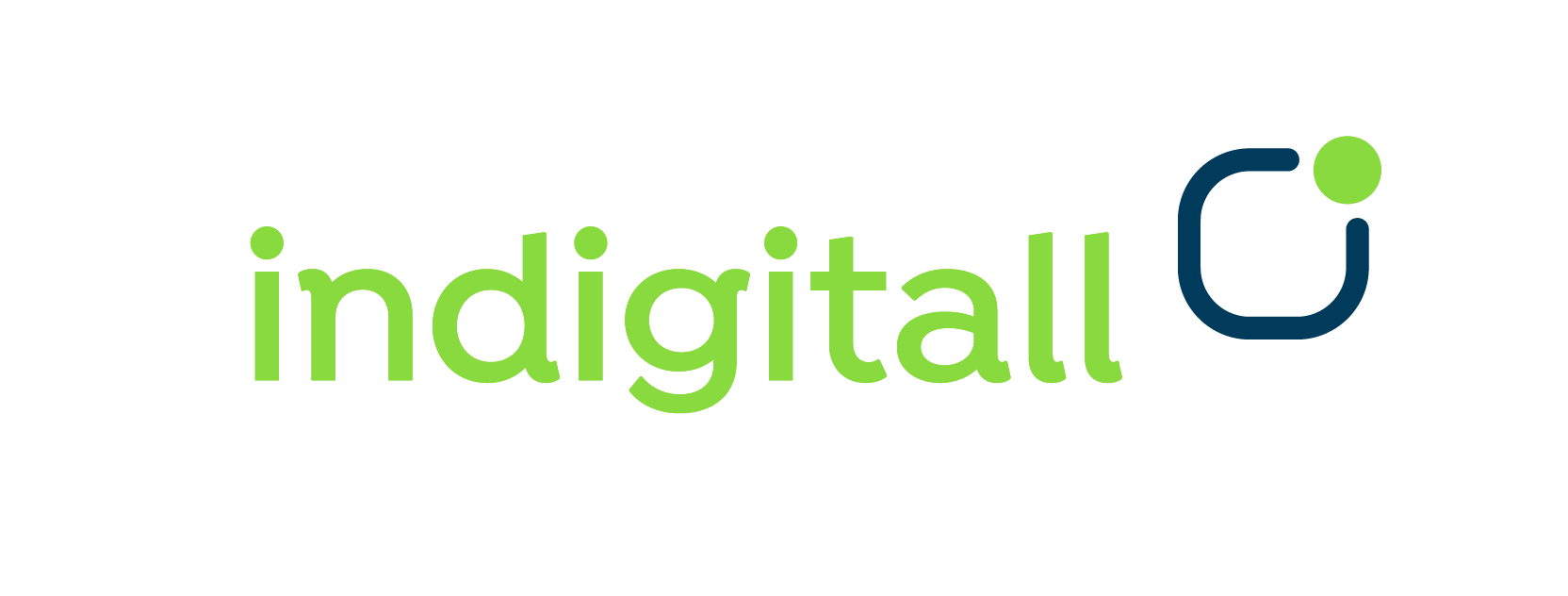
Hit Them Where It Hurts: Learn What a Pain Point Is in Marketing
Overview
- Digital Customer Journey: Optimize Every Touchpoint for a Satisfying Experience
- Not sure if you’re connecting with your customers? Measure customer engagement.
- Not reaching your audience? Maybe you’re not using the right distribution channels for your service.
- Inefficient Processes Are Costing You Money, Solve It with Generative AI for Sales
- Not connecting well with your audience? Try using an empathy map
You might have the best product or service, but that doesn’t guarantee customers will buy it. One of the most common mistakes is overlooking potential customer frustrations and dissatisfaction—in other words, not understanding what a pain point is in marketing or how it works.
If you master this concept, you’ll genuinely understand customer needs and be able to address them. To help you find these problems and work toward a solution, we’ll explain what this concept is and how to identify the various pain points in your buyers.
What is a Pain Point?
Let’s start by defining a pain point in marketing. It refers to areas where a potential customer has problems or difficulties. These can be emotional, physical, cognitive, social, or economic, but they all share a common thread: significant customer frustration.
By identifying these pain points, a business can understand customer pain and anticipate it. With this knowledge, they can design better products and services and improve their own offerings. This process leads to increased sales, greater loyalty, and improved productivity.
However, it’s important not to confuse a pain point in marketing with customer needs. Pain points focus on negative problems and emotions that must be addressed, while customer needs focus on desires, positive emotions, and satisfaction.
How to Identify Pain Points (Tools)
Pain points are typically identified in three steps:
- Internal Search: The first step is within the company itself. An ideal buyer persona is created, considering potential problems they may face. This requires managing the entire customer journey, analyzing the strengths and weaknesses of your system. For example, perhaps our customer service is slow, leading to customer frustration.
- External Search: After the internal review, look for what customers are saying. Sometimes, it’s as easy as finding information in blogs, social media, specialized forums, and website reviews. You’ll see potential buyers making comments, reviews, and complaints about products—yours and your competitors’. Another useful tool is SEO and keyword research. If you can detect what customers are searching for, you’ll know what concerns them.
- Direct Search: The final method involves direct conversation with potential customers. Conduct interviews, satisfaction surveys, and calls to get to know your buyer persona. This will help you detect marketing pain points and analyze customers’ biggest fears.
Tools for Identifying Pain Points
To identify these pain points on all three levels, you can use various tools. For example, to speak directly with a customer without wasting time, consider using an AI-powered chatbot that can answer questions and leave a satisfaction survey at the end.
Additionally, there are other ways to gather information, like keyword search tools, free online surveys using Google forms, or in-person surveys. Sometimes, all you need is a search engine and a bit of creativity to gather all the information you need.
Examples of Pain Points and How to Solve Them
Now that you know what a pain point is in marketing, it’s time to solve them. Here are some common examples and advice on how to address each one.
– Emotional Pain Point
This pain point is related to customer frustration, disappointment, and anxiety. A classic example is the long wait on hold with music playing until an agent answers.
Solution: An intelligent chatbot on your website can answer frequently asked questions and handle customer interactions, saving time and leaving human agents to deal with more serious issues.
– Physical Pain Point
This relates to physical discomfort experienced by a buyer. For example, waiting in line at a physical store could lead to back pain, or the product itself could cause discomfort.
Solution: Design ergonomic products that are comfortable to use. Adding seating in your store or speeding up lines with systems like self-checkout can also reduce wait times.
– Cognitive Pain Point in Marketing
This occurs when customers feel overwhelmed or mentally drained. This could happen during a lengthy, complex product purchase or registration process.
Solution: Simplify the purchasing or registration process to make it quick and easy.
– Social Pain Point
This pain point is associated with negative social situations or embarrassment. For example, if your brand has a poor reputation, customers might stop using it to avoid association.
Solution: Maintain a positive brand image. Today, more customers seek out companies that are environmentally friendly and socially responsible, so work toward sustainability to stay relevant.
– Economic Pain Point in Marketing
Finally, this pain point is related to a customer’s financial challenges. It often appears when a buyer can’t afford a product or when unexpected costs, like a subscription, arise. Poorly targeted advertising can also be a factor.
Solution: Target ads toward a customer base with greater purchasing power. You could also offer financing options, payment plans, or discounts. In any case, aim for transparency and avoid hidden costs.
Let Us Help You
Now that you understand what a pain point is in marketing, it’s time to take action. At Indigital, we can help you easily identify these pain points and assist with specific aspects, like reducing wait times and improving customer service.
Our personalized communication tools let you analyze user behavior to understand them better. We also have tools to streamline and enhance processes, such as advanced AI chatbots, WhatsApp Business, and personalized messages on your website or app. Contact us for more information. We look forward to helping you!



